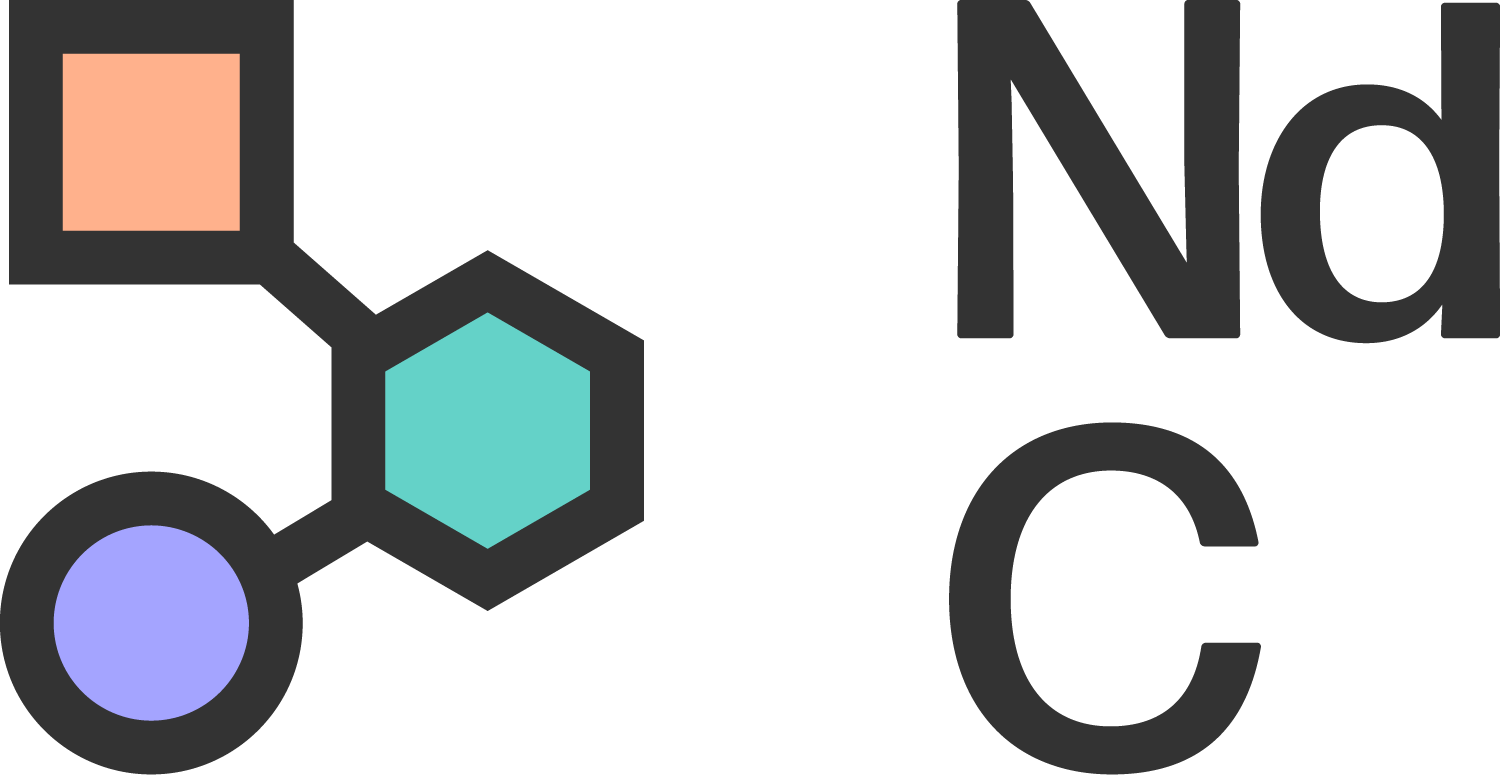Exploring the connections: dysregulation, burnout, and mental health
In this blog, Remie Colledge, Guest Contributor, shares reflections on her lived experience of mental health recovery, exploring the connections between cycles of dysregulation, Autistic burnout, relapse and recovery.
As I write, I am looking around at my home office. Imagine the scene. A post-it note explosion clutters my desk, piles of papers surround my feet, the whiteboards on my wall are a sea of ideas and lists, and let us not even mention the wardrobe. I am hovering somewhere just past dysregulation. A change in my working environment is often a visual representation of how I am. It shows the signs of dysregulation, before I can see them for myself.
I share this to set the scene. This article is not about how I learnt to ‘overcome’ cycles of dysregulation and autistic burnout, or how I discovered a magic ‘fix’. It is a compassionate reflection about creating opportunities for change within these cycles, and how this improved my mental health. But first, let me introduce myself.
I am a late-diagnosed Autistic woman. My life before this discovery, as a child, teen, and young adult, was dominated by confusion, anxiety, disorientation, and struggles. Chaotic spirals, as I moved in and out of inpatient and outpatient care, passed between services, attempting to recover from an eating disorder and depression. It was exhausting and never-ending.
“ A change in my working environment is often a visual representation of how I am. It shows the signs of dysregulation, before I can see them for myself.”
The cycles felt out of control, a blur, as I struggled to understand or explain my experiences. I would race to get back on my feet, before my world would tumble back down, as I experienced exhaustion and yet another mental health relapse. It was as if I was frantically circling around a pitch-black forest, without a map or a torch, attempting to find a clear path forwards.
What followed was a life-changing moment. 12 years after my first contact with mental health services, I was diagnosed as Autistic. As I immersed myself into exploring what this meant to me, various aspects of my experience became illuminated.
I learnt about my sensory differences and sensitivities. I began to identify my strengths, alongside validating the daily challenges I face. The more I uncovered, I noticed how becoming dysregulated would quickly lead to overwhelm and then Autistic burnout; a whirlwind followed by a relapse with my mental health.
“Post-diagnosis, I gradually built up my unique toolkit of strategies, including ways to manage my sensory, emotional, and physical energy levels.
”
I had grown up placing huge expectations on myself, feeling the enormous weight of the ‘shoulds,’ based on observations of those around me. I ‘should’ be able to intuitively know how to interact with others. I ‘should’ be able to cope with the hustle and bustle of life. I masked (hid my autistic differences) to an extreme level from an early age. This came at a huge cost and exacerbated these cycles. Each time I burnt out, I perceived this as, ‘I have failed,’ leading me to find comfort in a familiar coping strategy, the eating disorder. It was the perfect storm.
Post-diagnosis, I gradually built up my unique toolkit of strategies, including ways to manage my sensory, emotional, and physical energy levels. I started to let go of the ‘shoulds.’ The speed of the cycles slowly decreased.
This gave me time to notice opportunities for change. For example, as I rebuilt my life, through trial and error, I have been learning to pace, instead of race. I weave in regulation strategies into my daily routines and factor in transition times between tasks and activities, all to help prevent dysregulation. Yet, knowing dysregulation still happens, I can respond by allowing myself the space to decompress. And if I reach the stage of burnout? I have a plan.
Noticing the opportunities for change.
Throughout this, I have had to work on acceptance. I still experience these cycles, but I can recover from burnout, without such a ripple effect on my mental health. Crucially, I learnt that I will not go through life avoiding Autistic burnout. When I defiantly declared I would never get burnt out, ever again, I was setting myself up to fail. I believe that anticipating and accepting burnout does not equal defeat or pessimism. In fact, I have found it nurtures two crucial things, curiosity and self-compassion.
When burnout creeps up, self-compassion is one of the greatest tools I am going to need first. I now know that burnout does not equal failure. I am human, doing my best to regulate, whilst living in a world not designed for my Neurodivergent mind. There are steps I can take that are within my control, yet there are multiple contributing factors to these cycles that are out of my control.
Then, as I slowly recharge, I can start to become curious and make sense of why. Burnout is a sign, information I can use. It becomes an opportunity to check in and ask myself, what do I need? And are the strategies and supports I have in place still meeting those needs? If not, what could I change?
“When burnout creeps up, self-compassion is one of the greatest tools I am going to need first.”
Finally, whilst simultaneously navigating my mental health recovery and exploring my autistic identity, life has evolved. Equally, so has what I need. Energy management and self-regulation has become an ongoing process of reflecting, stumbling, adjusting, learning, and growing. It has become an essential part of my daily life.


